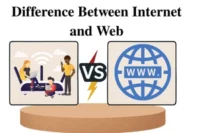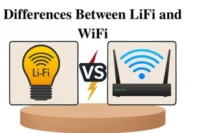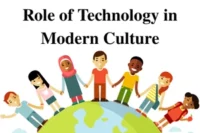How to Use Technology in the Classroom: Best Practices, Challenges, and Future Trends
Published: 9 Aug 2025
In today’s world, knowing how to use technology in the classroom is very important. Teachers need new ways to keep students interested, and technology can help with that.
The problem is that many teachers don’t know how to use technology effectively in the teaching process or feel overwhelmed by all the new tools available.
In this article, we’ll show you simple and easy ways to bring technology into your classroom. You’ll learn how to keep students engaged, make lessons more personal, and use tools that make teaching easier.
Whether you’re already using tech or just starting, this guide will give you the tips you need to make technology work for you and your students.
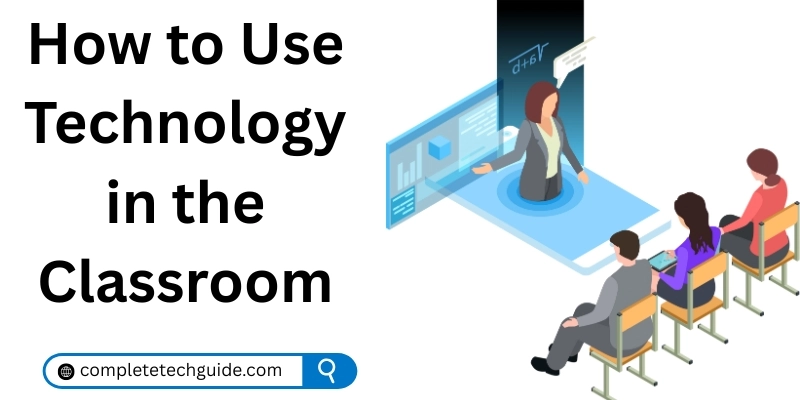
Understanding Technology Integration
What is Technology Integration in Education?
Technology integration in education is implementing digital tools and resources in the classroom to enhance the teaching and learning experience. This can include everything from interactive whiteboards to online learning systems, all designed to improve how students learn and engage with the subject.
Benefits of Technology in the Classroom
The use of technology in the classroom enables personalized learning. Teachers may adjust classes to specific requirements, and students can study at their own speed. Technology also increases student participation by making lessons more engaging and enjoyable.
Furthermore, it supports a variety of learning styles, helping students who may require additional support or prefer different learning methods. Whether through audio and video, online resources, or collaborative tools, technology ensures that every student receives the assistance they require.
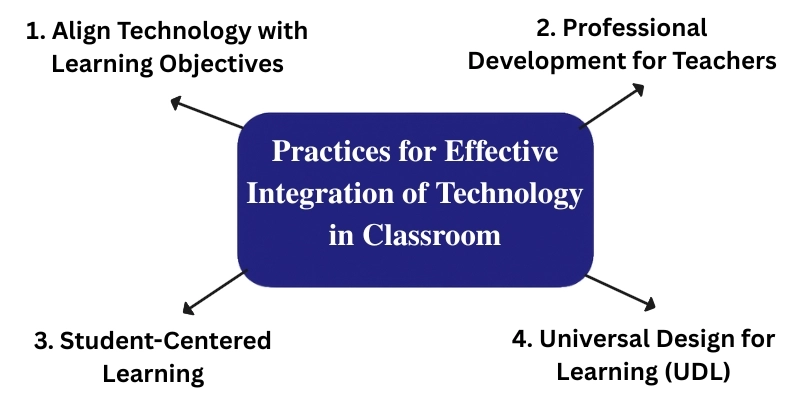
Best Practices for Effective Integration
Here, you’ll find some best practices on how teachers can use technology in the classroom.
1. Align Technology with Learning Objectives
Aligning technology with the lessons aims is the first step in using it effectively. Whether you’re utilizing educational applications, live training exercises, or collaboration platforms, technology should help you achieve your learning objectives more effectively.
2. Professional Development for Teachers
Teachers need regular training to use technology effectively in the classroom. This technique keeps them up to date with new tools and helps them apply technology in their lessons.
3. Student-Centered Learning
Technology in the classroom helps students take control of their learning. Online quizzes, virtual discussions, and Interactive platforms encourage students to engage with the material and take an active role in their education.
4. Universal Design for Learning (UDL)
UDL is a framework that enables teachers to utilize technology to meet the diverse needs of all learners. Teachers can accommodate a wide range of learning preferences and requirements by using accessible technology solutions, such as screen readers or subtitles.
Overcoming Challenges in using Technology in the Classroom
1. Digital Equity: Ensuring Equal Access
A key challenge in using technology in the classroom is ensuring that all students have access to the necessary devices and internet connection. Schools must address the issue of digital equity so that all students have access to and can benefit from electronic tools.
2. Overcoming Resistance to Technology Adoption
Some instructors may be cautious about adopting new technology. Addressing concerns, providing hands-on training, and demonstrating the advantages can all help overcome resistance. Encouraging collaboration among coworkers can also facilitate change.
3. Technical Issues and Solutions
It is common to experience technical challenges when using technology in the classroom. Having a backup plan, understanding troubleshooting methods, and working closely with the IT staff can help reduce interruptions during lessons.
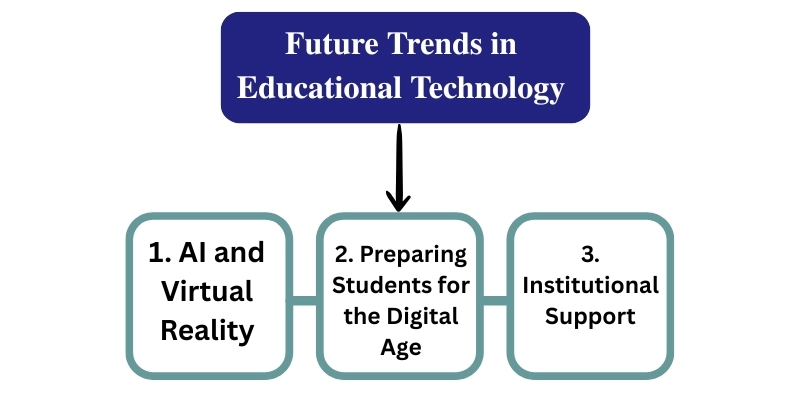
Future Trends in Educational Technology
Let’s explore the Emerging Tech Trends we’re using in the education department or the classroom.
1. Emerging Technologies: AI and Virtual Reality
Looking ahead, technologies such as Artificial Intelligence (AI) and Virtual Reality (VR) will undoubtedly transform the education landscape. AI will offer personalized learning, and VR will create immersive learning environments that were previously impossible to achieve.
2. Preparing Students for the Digital Age
By incorporating these advanced technologies in the classroom, teachers prepare students for the future, where digital skills will be essential for success in their careers and everyday lives.
3. Institutional Support
To ensure technology integration succeeds, schools must provide teachers with the proper infrastructure, funding, and training programs.
Conclusion
In conclusion, incorporating technology into the classroom not only makes learning more engaging but also enables the use of more personalized and effective teaching strategies.
Educators may enhance their students’ educational experiences by intentionally incorporating technology and tackling issues such as digital equality and resistance to change.
Start small, try new tools, and keep improving yourself. The advantages of adopting technology in the classroom are incredible.
Questions on How Technology Enhances Classroom Learning
In elementary classrooms, teachers can use educational games, videos, and apps like ABCmouse or Starfall to teach basic skills. These tools make learning fun and help younger students learn important concepts in reading and mathematics.
Technology keeps students interested and encourages them to learn at their own speed. It also makes studying more enjoyable and interactive, enhancing students’ memory and allowing them to explore new concepts.
Teachers can use interactive whiteboards for lessons, Google Classroom to share materials, and apps like Kahoot for quizzes. These tools help make classes more effective and keep students organized.
Teachers use technology for tasks such as presenting slides, facilitating online discussions, and providing instant feedback. It also enables them to work with students remotely and connect with experts worldwide.
Teachers can create engaging lesson plans using multimedia tools and utilize online platforms like Moodle or Edmodo to track student progress and encourage active participation in discussions. Technology helps make learning more interactive and cooperative.
Technology enables instructors to make classes more interesting and individualized. It provides teachers with access to a variety of learning tools and enables them to monitor their students’ performance on online tests.
- Increases student engagement
- Offers personalized learning
- Provides access to learning resources
- Gives real-time feedback
- Encourages collaboration
- Improves digital skills
- Enhances teacher-student communication
- Supports different learning styles
- Promotes active learning
- Breaks down barriers to learning across distances

- Be Respectful
- Stay Relevant
- Stay Positive
- True Feedback
- Encourage Discussion
- Avoid Spamming
- No Fake News
- Don't Copy-Paste
- No Personal Attacks



- Be Respectful
- Stay Relevant
- Stay Positive
- True Feedback
- Encourage Discussion
- Avoid Spamming
- No Fake News
- Don't Copy-Paste
- No Personal Attacks


